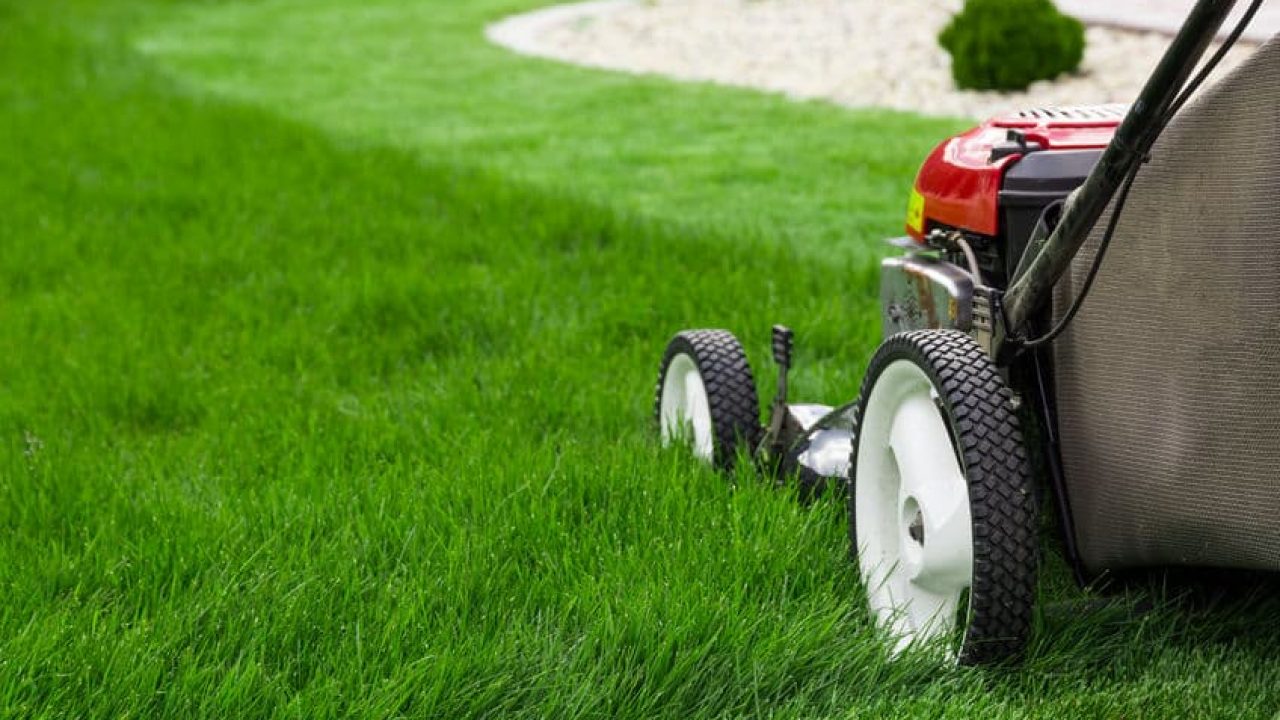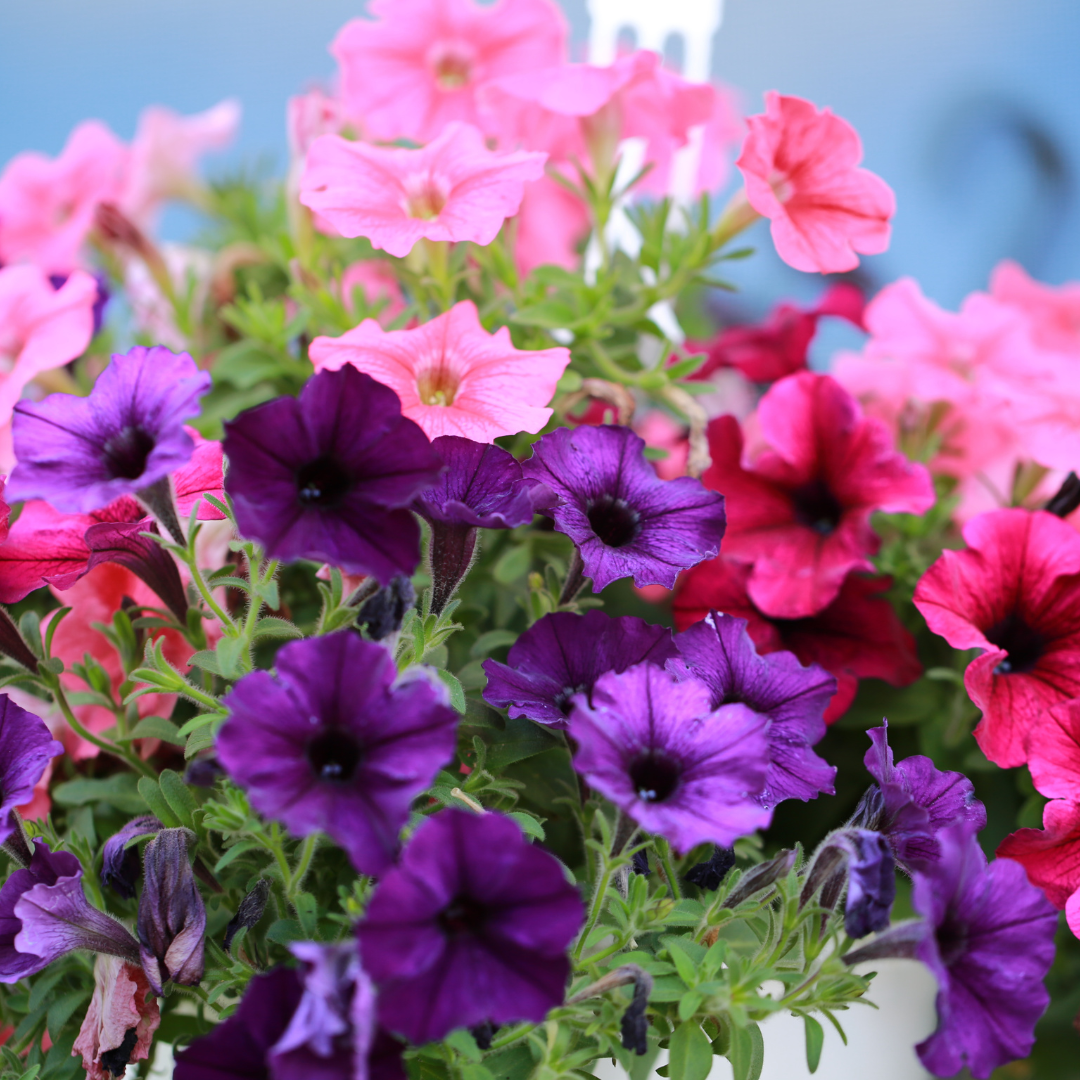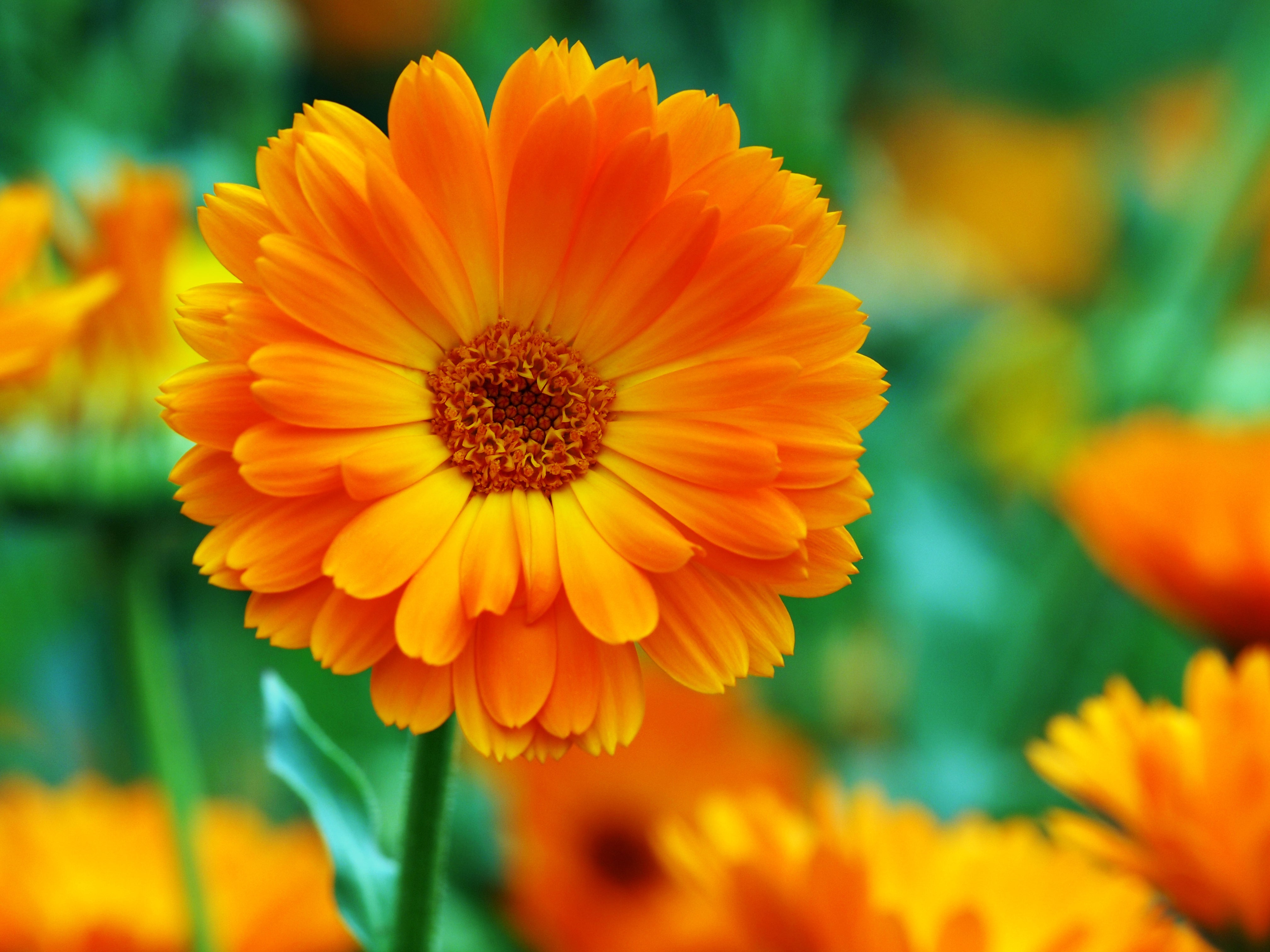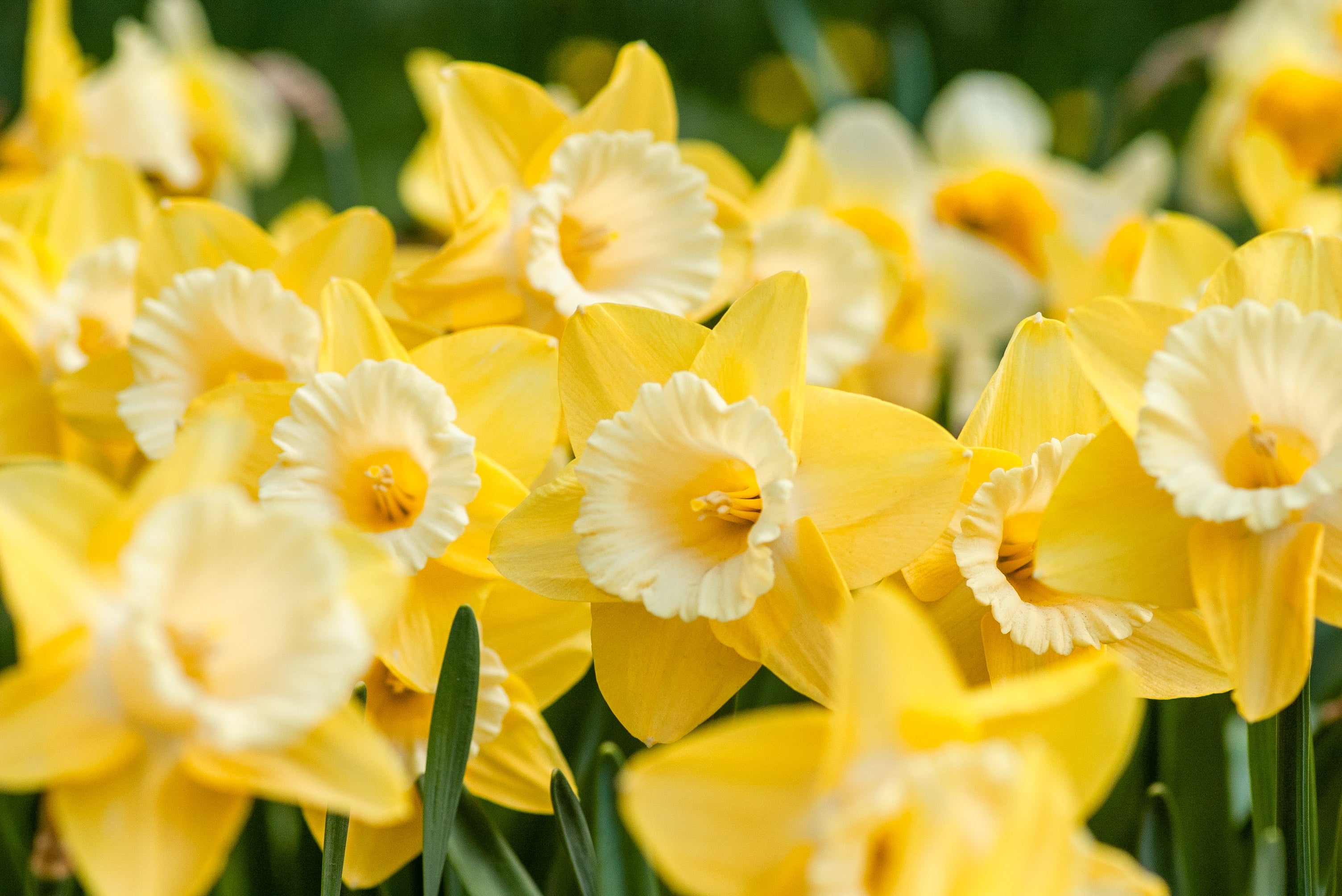Lawn Care Tips
As well as being a great place for family fun and relaxation, lawns create a feeling of space and enhance plants in the garden.Which lawn seed to use
How your lawn is to be used will determine the type of lawn seed you choose. Will your lawn have children playing on it all of the time or is it intended as a manicured backdrop to the house and garden? Tough or hardwearing seed is good for areas that get lots of wear and luxury lawn seed for a show lawn. A mix of a course leaf perennial rye and fescue grass is recommended where a tough, hard wearing lawn tolerant of some neglect is required. A mix of perennial rye grass, fescue and browntop is recommended for a good quality, hard wearing lawn A mix of fine turf grasses including fine leaf rye, fescue and browntop is recommended for a top quality lawn.When to plant
Spring (August to November) and autumn (March to May) are ideal sowing seasons. In the warmer northern areas of New Zealand, lawn seed can be sown all year round, although germination will be slower during winter months. Allow 3-7 days during the warmer summer months and 10-20 days during the cooler months.Establishing a new lawn
- Spray existing lawn area with general weed killer.
- Clear away all stones and unwanted debris.
- Contour the ground so that water runs away from the house and garden.
- Ensure top 5cm of soil is dug over to create a good fine base for the lawn seed to grow.
- Add top soil or lawn mix if necessary.
- Using a levelling bar and rake, work across the area in several directions until a firm, fine smooth surface has been achieved.
- Sow seed in two directions – from east to west and then north to south.
- Lightly rake
- Lightly water using a fine mist
- Don’t mow until the lawn has fully established itself and grown to a length of 5cm
Mowing
Mow regularly to keep your lawn in healthy condition. The blade setting should be on high rather than low to encourage new growth. If the blade height is set too low, grass will become weakened and enables weeds to become established, if too high and not cut regularly, coarse grass can become dominant. In periods of growth, the average lawn should be cut to a height of 2.5cm and 3cm in slow growing periods.Watering
To maintain your lawn over dry summer months it is essential to water it. A good soaking once a week in summer will be sufficient. Sprinkle Tui Saturaid over your lawn to help water penetrate down into the roots and to eliminate lawn run off. Light sandy soils may require watering every two days. A sprinkler system or soaker hose is the most efficient way to water lawns. For further information on how to care for your lawn during summer months while watching your water consumption check out our ‘How to Save Water in your Garden’ guide.Feeding
Feed every 2-3 months to keep your lawn growing strong and to suppress weeds. Use a specially blended lawn fertiliser high in nitrogen. Apply dry fertiliser to a moist lawn – after rain is ideal. Water lawns after applying fertiliser to prevent burning.Weed control
Weeds will grow in even the most manicured lawns. The best way to eradicate broad-leaf weeds is to use a selective lawn weed spray that will not kill grass. Moss can be controlled by applying lime or sulphate of Iron, improving drainage or by spraying with an appropriate moss killer. We recommend Yates Weed ‘n’ Feed to easily keep your lawn lush and weed free. Feeding a lawn at regular intervals greatly reduces the chance of weeds appearing. Palmers handy tip: To have a lawn free of Christmas prickles or Onehunga weed, spray with Yates Prickle Weed Killer in early spring.Pests and diseases
Brown patches of dead grass in lawns are a sign of grass grub. These appear in February and March when the larvae are feeding close to the surface. Porina Moth caterpillar can cause damage to lawns in autumn and winter. Control both of these with the appropriate insecticides, applied in spring and autumn. Brown patch and red thread are fungal diseases that affect lawns. Spray with a suitable fungus and mildew spray. Fertilise the lawn in spring and autumn, more often if you use a lawn irrigation system and avoid mowing the lawn too closely. De-thatching (removal of dead material from the lawn) is beneficial. Catching the grass clippings is a good way to prevent thatch from building up, it also allows watering and fertilising of your lawn to be more effective. This ‘How To’ Guide has been produced to provide basic information and our experienced staff are available to answer any questions that you may have. Because this guide is of a general nature, neither Palmers nor its staff are responsible for the application of the information, as the contents may need to be modified for individual projects and site applications.
This ‘How To’ Guide has been produced to provide basic information and our experienced staff are available to answer any questions that you may have. Because this guide is of a general nature, neither Palmers nor its staff are responsible for the application of the information, as the contents may need to be modified for individual projects and site applications.










































